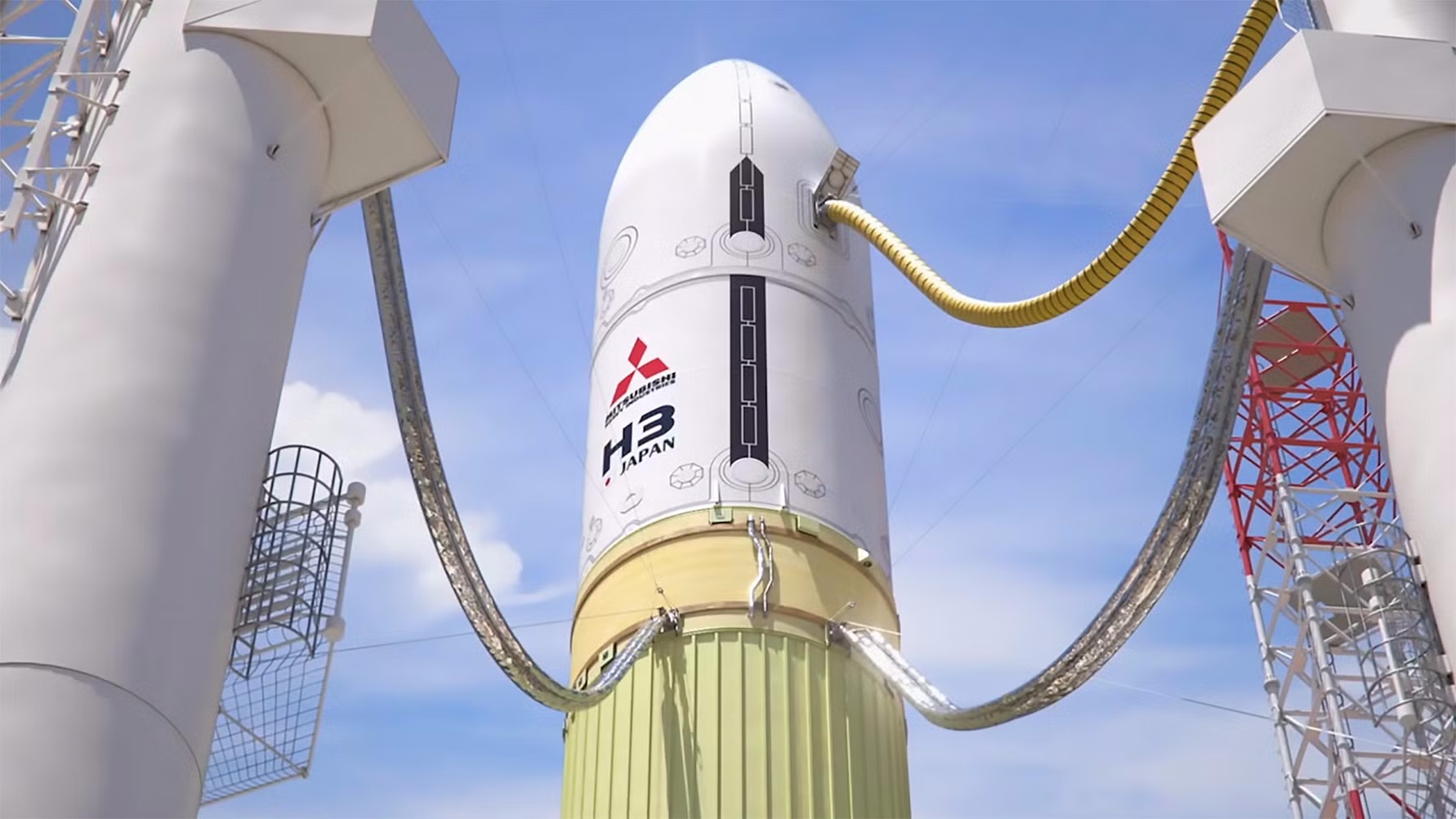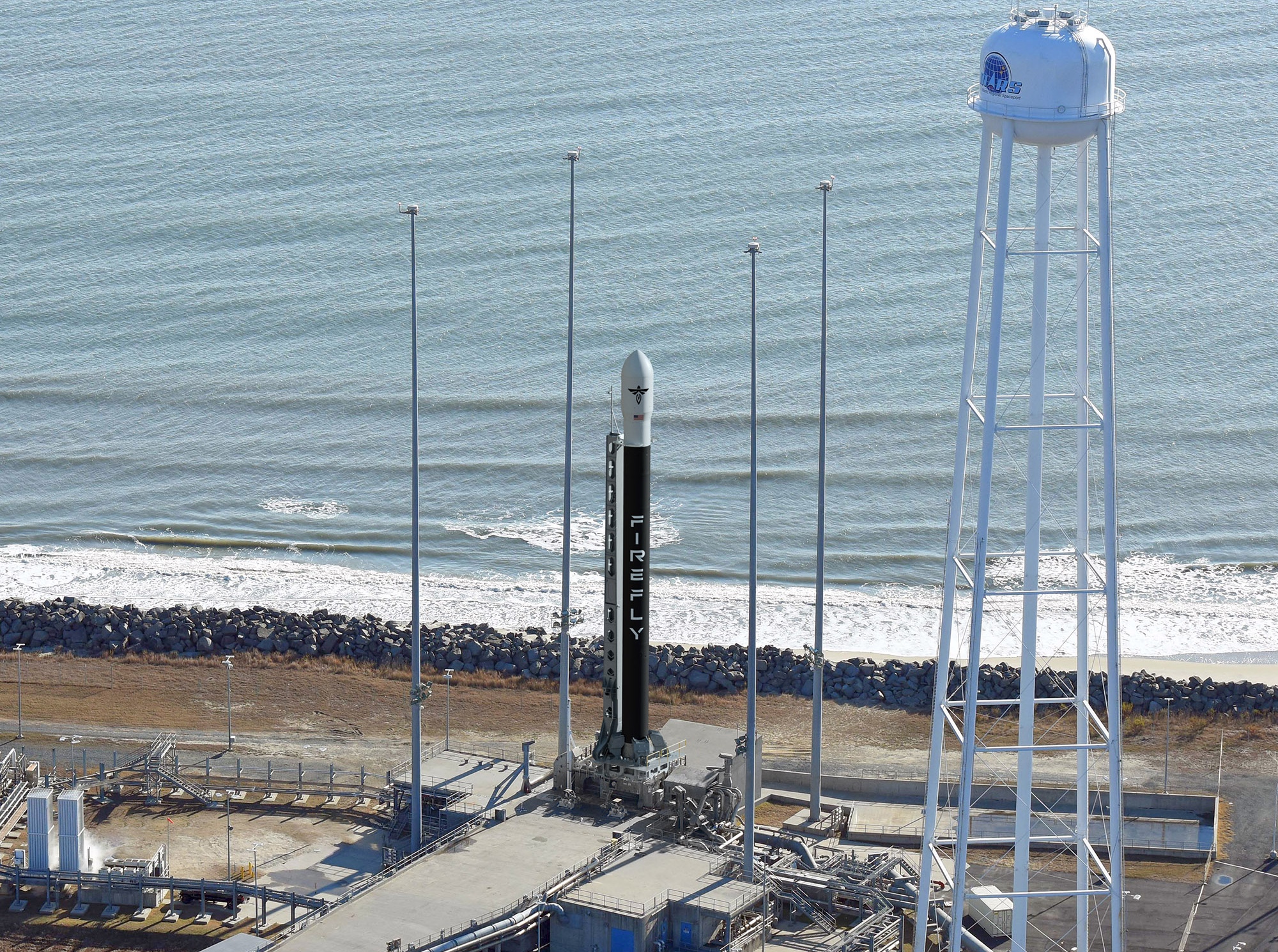Quantum Key Distribution, or QKD, has drawn significant attention in the space industry. By making use of cryptographic security rooted in the laws of physics, it promises to safeguard communications against future threats posed by quantum computing. This — an encryption method that is, in theory, unbreakable — is a tantalizing prospect for players in the space industry, which continues to push the boundaries of what’s possible with technology. It seems to solve the thorny problem of ensuring the security of global communications across vast distances. But my advice is that we must temper our enthusiasm and be realistic about what QKD can achieve — particularly when we compare it to the more mature field of classical laser communications. Both technologies will have a place in the future, because they solve different problems.
The appeal and challenges of quantum key distribution
What makes QKD so appealing? Its allure lies in its theoretical security. Unlike classic encryption methods, which depend on computational difficulty, QKD uses the fundamental properties of quantum particles to detect attempts at eavesdropping. When used correctly, this makes QKD virtually immune to attacks that could potentially compromise classical encryption in the quantum computing era.
China’s Micius satellite, launched in 2016, was a milestone showing of QKD’s workability over long distances. Since then, governments, research institutions and private companies have shown a keen interest in developing and deploying space-based QKD systems. This interest is well-founded: secure communication is crucial for modern infrastructure, and safeguarding it against future threats is very necessary.
However, practically implementing space-based QKD is another story. Current systems offer limited key generation rates and often require trusted nodes that could potentially compromise security. The infrastructure remains in its infancy; there are only a handful of experimental satellites with the necessary capabilities.
Divergent views from national security agencies
National security agencies worldwide differ in how they view QKD. The U.S. National Security Agency has expressed skepticism, citing concerns about system complexity and performance limitations. In contrast, China has invested heavily in space-based QKD, seeing it as a strategic asset. European agencies are now showing interest, but some member states are more hesitant than others.
These agencies are concerned that QKD’s theoretical security may not translate into practical, foolproof security. Potential side-channel attacks, implementation weaknesses, the complexities involved in managing quantum keys in real-world environments — all of these factors remain under scrutiny. Until these concerns are addressed, QKD may remain a complementary technology rather than a standalone solution for secure communications.
Laser communications: from experimental to operational
While QKD development continues, classical laser communications technology is advancing swiftly in the space sector. It offers data rates far higher than those offered by traditional radio frequency systems, better security thanks to narrow beam divergence, and more efficient power consumption. In this way, laser stands well apart from QKD and any other technology. It’s the only technology that combines these properties.
Recent advances in optical inter-satellite links have been particularly promising. In January 2024, SpaceX announced the successful implementation of optical inter-satellite links across its Starlink constellation — a real step forward in its pursuit of a more interconnected and efficient satellite network. Kepler Communications has also made real progress in this area, demonstrating optical inter-satellite links in its constellation. And the Space Development Agency has reported successful optical communications between its Tranche 0 satellites, proving that the technology is being adopted more and more widely among different space actors.
In the realm of satellite-to-ground communications, progress has been equally impressive. A major breakthrough came in 2022 with NASA’s and MIT’s TBIRD (TeraByte InfraRed Delivery) mission, which demonstrated unprecedented downlink speeds of up to 200 gigabits per second from a cubecat in low-Earth orbit to a ground station. It set a new record for space-to-ground laser communications.
These achievements mark a turning point in space-based communications. Laser communication technology has now quite clearly come of age, maturing from experimental demonstrations to operational systems deployed by both government agencies and commercial players. The successful use of optical links for both inter-satellite and ground-to-space communication heralds a new era in space-based data transmission. And this coming-of-age is set to enable a wide array of new use cases, from enhanced Earth observation and space exploration to revolutionary global communication networks. As these systems evolve and continue to prove their reliability and performance quality, laser-based communications will become the new standard for space-based data highways. It will fundamentally transform our capabilities in space.
A balanced approach to innovation
As a company that develops optical ground stations, we at Cailabs recognize the need for secure communication. While classical laser systems are currently more mature, QKD presents intriguing possibilities for future security enhancements. It would be unwise to ignore it. And that’s because, as quantum computing advances, the need for quantum-resistant encryption grows. Increasingly sophisticated cyberattacks require increasingly advanced cybersecurity. Compare this to how increasingly undetectable performance-enhancing drugs demand increasingly thorough Olympic drug testing. The industry should view QKD in this way, and see it as a long-term investment, in the same way as post-quantum cryptography.
In the short to medium term, classical laser communications will continue to be the backbone of space-based data transmission, providing high-speed, reliable connections for a wide range of purposes. But looking forward, a balanced approach will be crucial. We should keep developing and deploying classical laser communication systems but we should also invest in QKD research and development, setting clear milestones and keeping realistic expectations about how the two complement one another.
More specifically, in the short term, we should focus QKD research on overcoming its current security limitations and developing industry use cases. That should involve beginning standardization work on space-based QKD while keeping in mind its future integration with classical lasercom. In five to ten years, we might aim to establish international standards for space-based QKD that ensures interoperability with classical laser communications. Within these standards, we should develop hybrid, classical-QKD systems. Then we should design pilot programs for the deployment of space-based QKD for critical infrastructure.
While the future may lie in hybrid systems that make use of the strengths of both technologies, it’s crucial to acknowledge the current differences in their maturity. Classical laser communications are operational and rapidly advancing; QKD remains largely experimental for space purposes. In the short term, we should focus on furthering the operational capabilities of laser communications while continuing research and development in QKD. Premature integration, or over-reliance on hybrid solutions, could potentially hinder progress in both fields.
We are at an exciting point in the evolution of space-based communications. By balancing enthusiasm for quantum technologies with the pragmatic development of classical systems, we can chart a course towards a future where space-based communications take advantage of the unique properties of both, and are therefore both blazingly fast and unassailably secure.
Pu Jian is the Chief Product Officer and Deputy CEO at Cailabs. Pu has a PhD in quantum optics from École normale supérieure and Université Pierre et Marie Curie in France.



